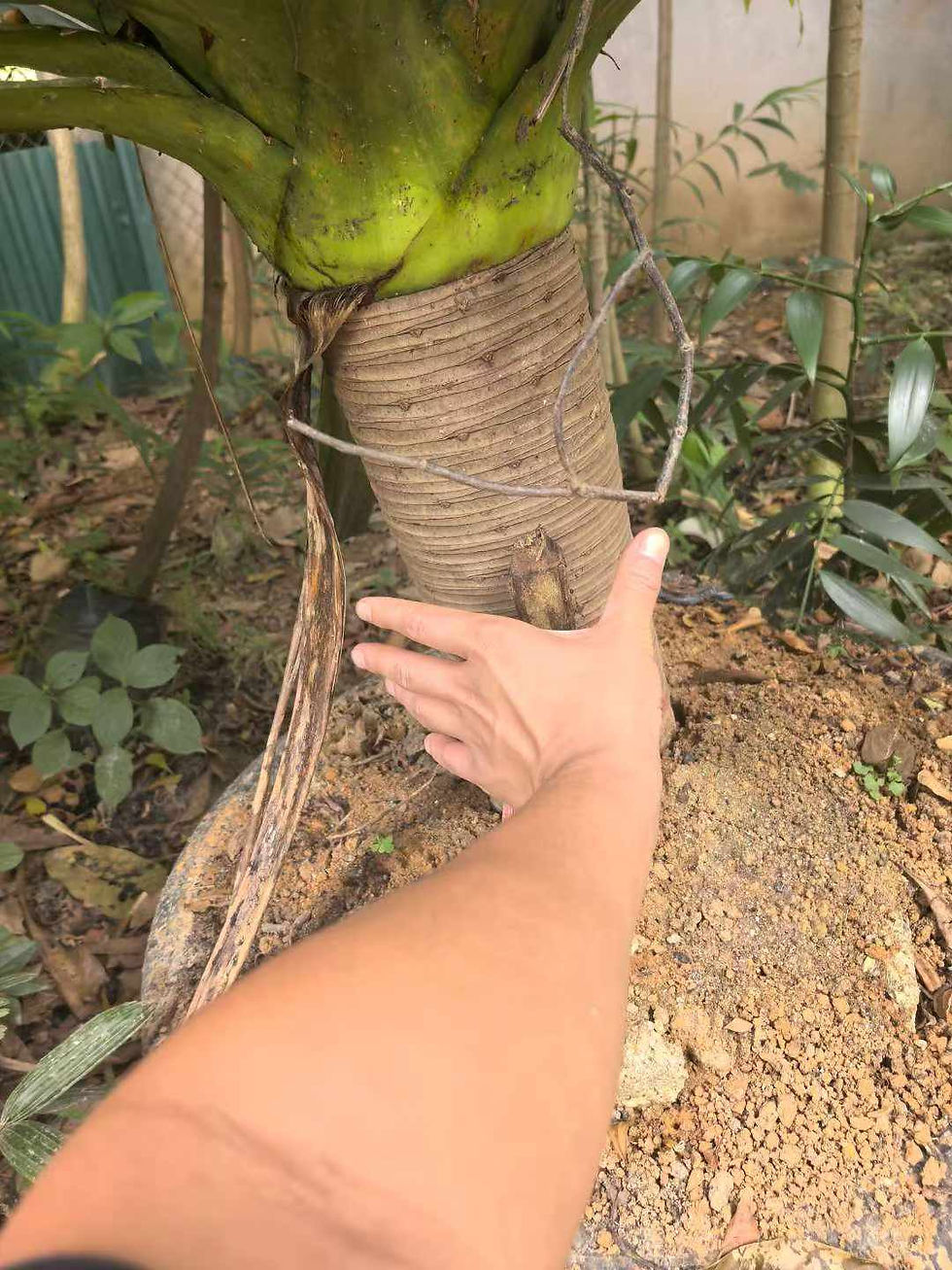Syringa oblata
Rhus typhina, the staghorn sumac, is a species of flowering plant in the family Anacardiaceae, native to eastern North America. It is primarily found in southeastern Canada, the northeastern and midwestern United States and the Appalachian Mountains, but is widely cultivated as an ornamental throughout the temperate world.
Rhus typhina is a dioecious, deciduous shrub or small tree growing up to 5 m (16 ft) tall by 6 m (20 ft) broad. It has alternate, pinnately compound leaves 25–55 cm (10–22 in) long, each with 9–31 serrate leaflets 6–11 cm (2 1⁄4–4 1⁄4 in) long.[4] Leaf petioles and stems are densely covered in rust-colored hairs. The velvety texture and the forking pattern of the branches, reminiscent of antlers, have led to the common name "stag's horn sumac".[5] Staghorn sumac grows as female or male clones.
Small, greenish-white though yellowish flowers occur in dense terminal panicles, and small, green through reddish drupesoccur in dense infructescences. Flowers occur from May through July and fruit ripens from June through September in this species’ native range. Infructescences are 10–20 cm (4–8 in) long and 4–6 cm (1 1⁄2–2 1⁄4 in) broad at their bases. Fall foliage is brilliant shades of red, orange and yellow. Fruit can remain on plants from late summer through spring.
Staghorn sumac spreads by seeds and rhizomes and forms clones often with the older shoots in the center and younger shoots around central older ones. Large clones can grow from octets in several years.
Within Anacardiaceae, staghorn sumac is not closely related to poison sumac (Toxicodendron vernix), although they share the name "sumac."

































